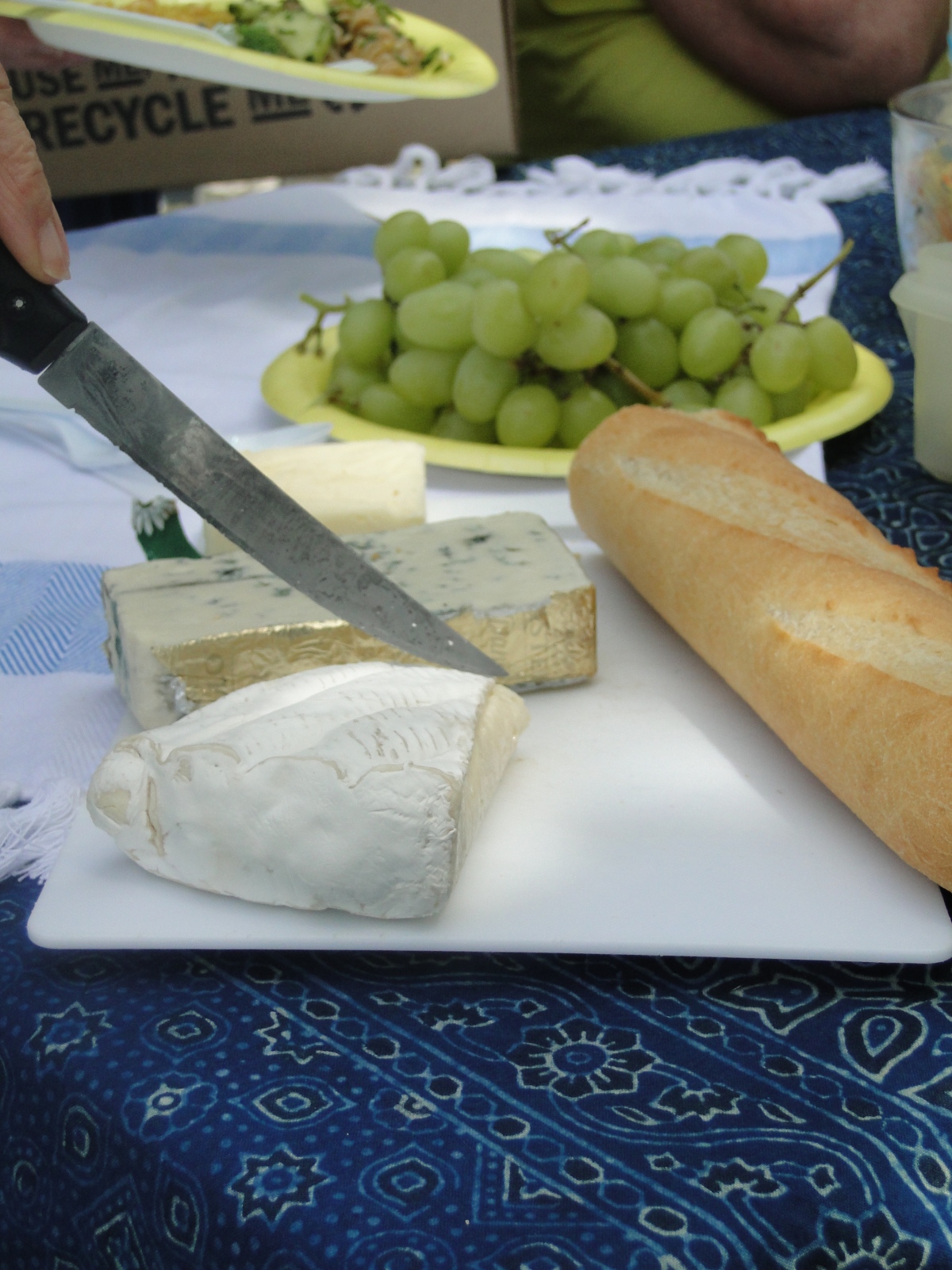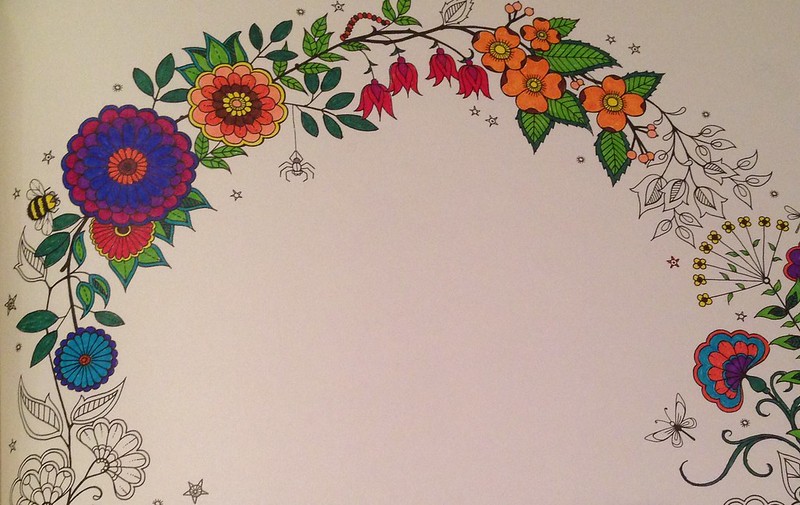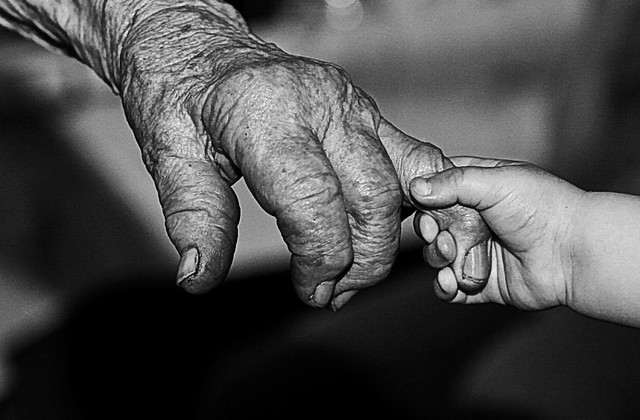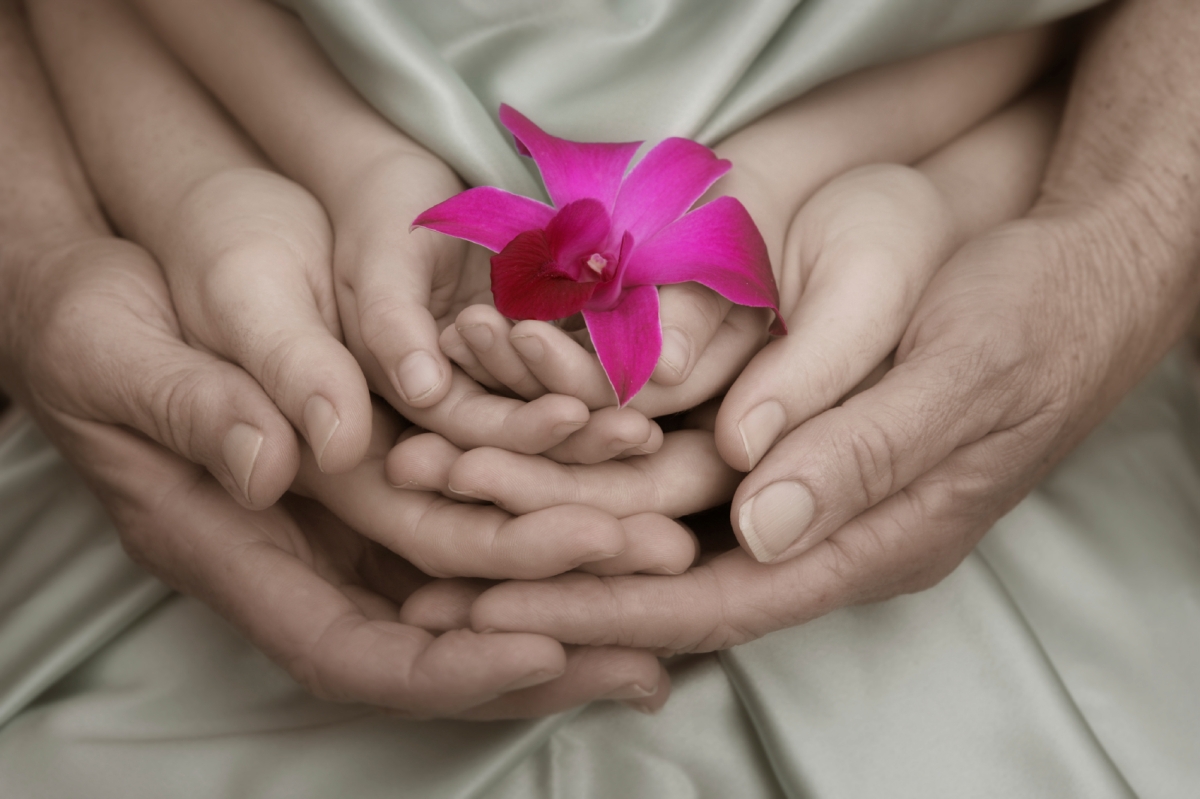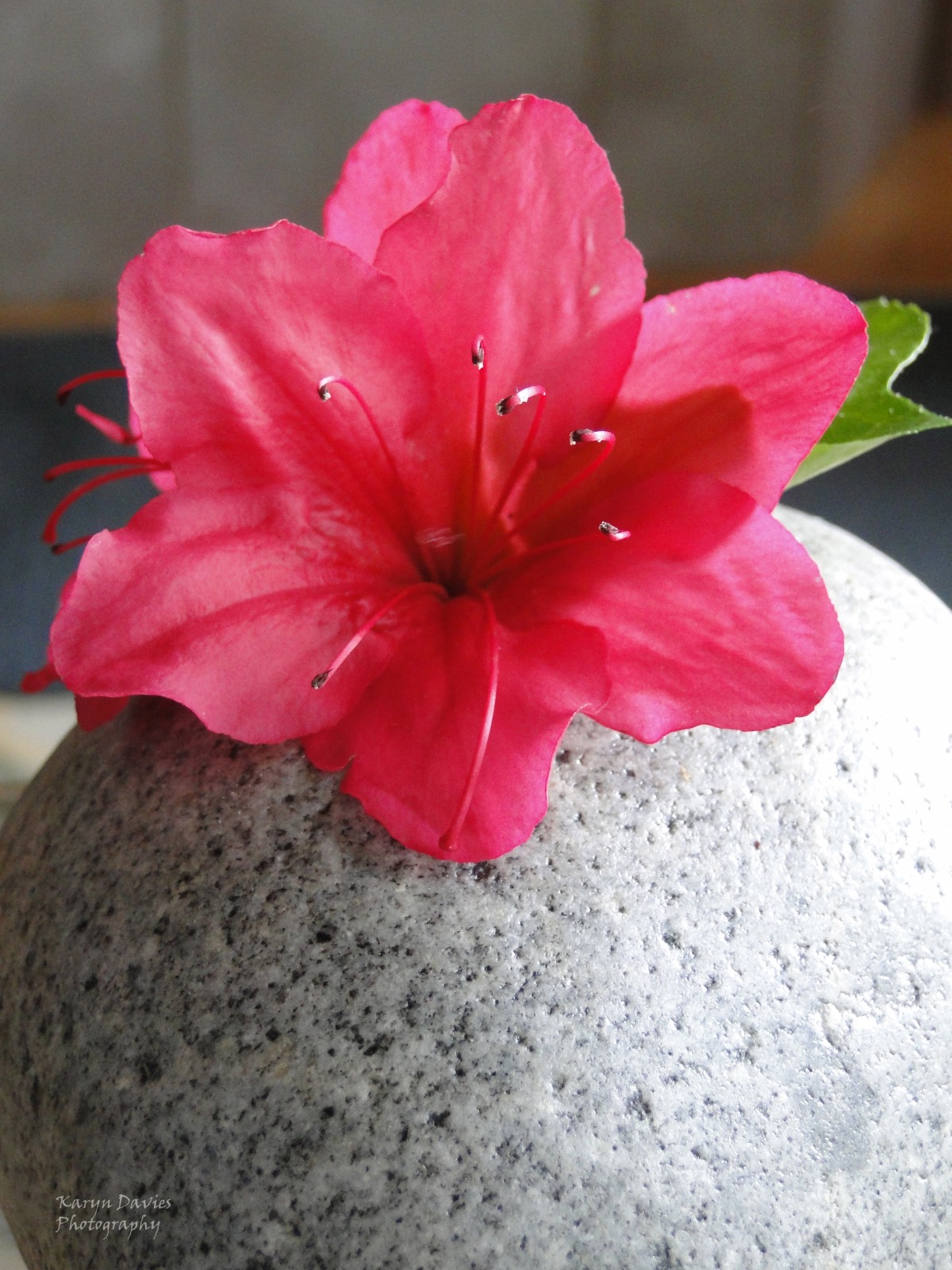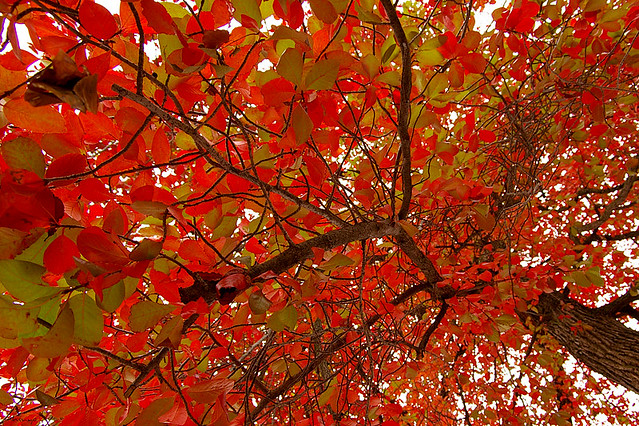Book Review: Leaves falling Gently:
Living fully with serious & life-limiting illness through mindfulness,
compassion & connectedness
While reading this book, I felt a sense of hopefulness and grounding. The mindfulness activities and words of thoughtful encouragement are interwoven with brief stories of people’s experiences with health challenges.
Susan Bauer-Wu’s message of compassion, kindness, and mindfulness is useful for caregivers, people living with a health condition, and all those needing a little support to maneuver through life’s sorrows.
As she outlines what mindfulness is and is not meant to be, Bauer-Wu explains how mindfulness practice in the midst of difficult experiences is a way to: Reduce stress, create emotional balance, and bolster the immune system for coping with health conditions. “Mindfulness training has been shown to enhance immune function in people with cancer and HIV or AIDS, and to lower a key inflammatory marker called C-reactive protein, which is linked to heart disease and diabetes” (p.18). Bauer-Wu gently encourages the reader to get more fully in tune with their body and notice what they are feeling. She offers mindfulness practice as a way of listening to one’s sensations, and responding more effectively to uncomfortable symptoms. “Mindfulness is a way of being and remembering who you are and befriending your experiences, whether pleasant or unpleasant” (p.24).
I quite like this STOP activity, and thought it may get you started in your mindfulness work. STOP is a tool for coping with anger, frustration, and despair:
S Stop what you are doing, and pause for a moment.
T Take a breath mindfully, and be aware of the experience of the air coming into your body and filling it, and being released.
O Observe your thoughts and feelings. Just notice them in an inquisitive and dispassionate way, without getting caught up in them.
P Proceed with whatever you were doing, with awareness and gentleness.
“If you maintain a feeling of compassion, of loving-kindness, then something automatically opens your inner door”. Dalai Lama XIV, The Art of Happiness
Leaves Falling Gently is available at our resource library. Come by and say hello when you’re ready to borrow this terrific book. We’re located at Capilano Mall, Suite 201-935 Marine Drive, in North Vancouver. We’re right upstairs from the Starbucks. Alternately, you may decide to add this one to your home library. One way to purchase it is through Amazon: http://www.amazon.ca/Leaves-Falling-Gently-Life-Limiting-Connectedness/dp/1572249994
Warmest wishes,
Karyn

